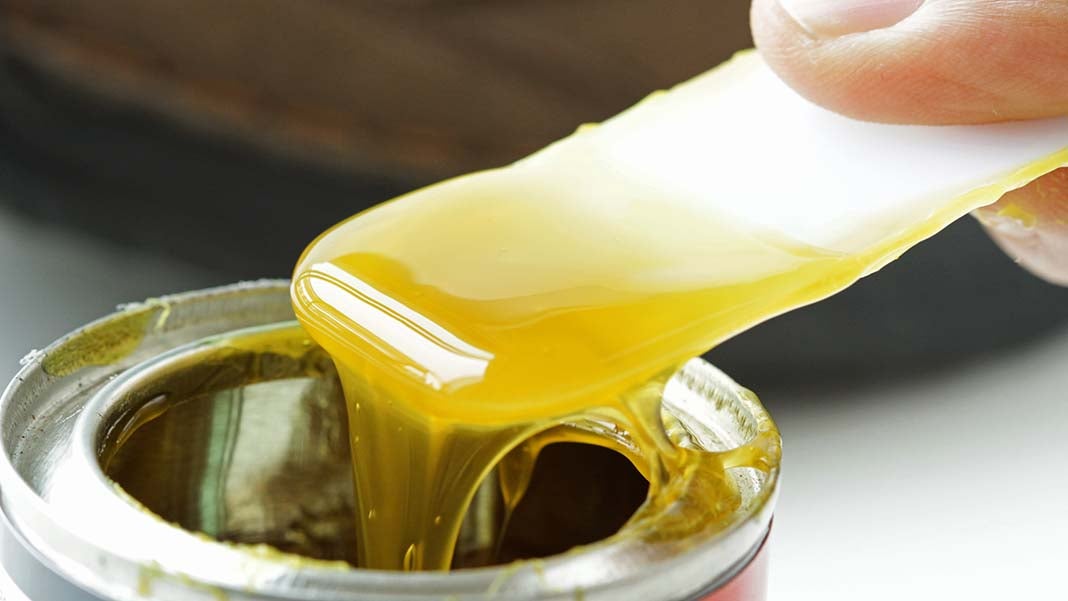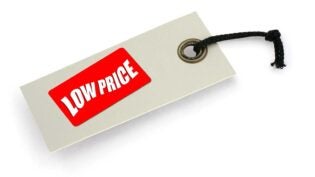How to Make Your Recurring Revenues Oil and Not Glue
By: Dave Berkus

Some types of businesses generate more and more recurring revenues over time, often growing to a size where recurring revenues pay all of the overhead of the company—an enviable position.
There is a phenomenon I have observed time after time with mature companies receiving over 75% of their revenues from recurring sources. Management undertakes a simple exercise of calculating the increased profitability of shutting down all R&D, sales and subordinate operations, and universally notes with shock the high net profit that results from shutting down all operations except customer service to recurring customers (as in software support operations.)
Depending upon the type of business, customers are loyal often because they are creatures of habit, enjoying the existing relationship and service, not wanting to disrupt a working resource. In fact, I am involved with one such company whose customer base extends back to the 1980’s when first purchasing their systems, still paying a regular quarterly maintenance fee to a company that services them well, but has no remaining sales staff or R&D functions. The customers are happy and the company profitable. What’s not to like?
Well, there are two problems here. The company dooms itself to a slow death over the passage of time as customers desert to newer products. So the decision to “go into maintenance mode” is known as “milking the cash cow” for a reason. And second, there is no excitement in such a company to retain employees looking for advancement. Employees who leave are replaced with people who are likely not “A” players, often causing future levels of customer service to decline.
And yet, there are many companies where the cost of product renewal and R&D are just too high to keep up with competition. Companies in this predicament often can be sold for their recurring revenue stream, but the multiples they command are not high. In such a case, milking the cash cow may well be the best decision for management rather than selling the company.
Recurring revenues are oil for companies growing, reinvesting in R&D and expanded sales efforts. Those same revenues are glue to those choosing the alternative route of milking the cash cow. In those cases, they are attractive slow, sticky streams of glue, slowing a company until it ultimately dies of old age.












